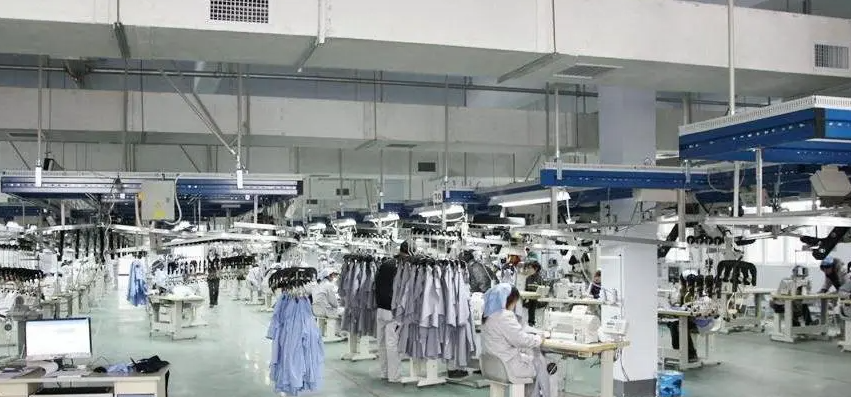Garment production lines are the backbone of the clothing manufacturing industry. They are responsible for turning raw materials into finished products that are ready to be sold to consumers. In this article, we will delve into what a garment production line is, how it works, and the role of an OEM clothing factory in the production process.
Garment Production Line Overview
A garment production line is a series of processes involved in the manufacturing of clothing. The production line typically starts with the design and creation of a prototype garment. Once the prototype is approved, the production process begins.
The production process involves several stages, including:
1. Fabric Sourcing – This involves identifying and sourcing the materials required for the production of the garment. Fabrics can be sourced locally or from international markets.
2. Cutting and Pattern Making – This involves cutting the fabric into the required shapes and sizes and creating patterns based on the design specifications.
3. Sewing – This is the process of joining the cut pieces of fabric together using various sewing techniques to create the final garment.
4. Quality Control – This involves inspecting the finished garments to ensure they meet the required standards of quality and accuracy.
5. Packaging and Shipping – This involves packing the finished garments into appropriate packaging materials and shipping them to their final destinations.
The Role of an OEM Clothing Factory
An OEM clothing factory is a factory that specializes in producing clothing under a brand’s label. The factory produces clothing based on the specifications provided by the brand, using the brand’s materials and designs. OEM clothing factories are typically located in countries with low labor costs, such as China, where they can take advantage of lower production costs.
When a brand partners with an OEM clothing factory, the factory takes on the responsibility of producing the clothing according to the brand’s specifications. This includes sourcing materials, creating patterns, cutting fabric, sewing garments, and ensuring quality control. The factory also handles the packaging and shipping of the finished garments.
Benefits of Using an OEM Clothing Factory
There are several benefits to using an OEM clothing factory for clothing production, including:
Lower Production Costs – OEM clothing factories in countries such as China typically have lower labor and production costs, resulting in lower costs for the brand.
Greater Control – Brands have greater control over the production process when using an OEM clothing factory, as they can specify the materials, designs, and quality standards.
Faster Turnaround Times – OEM clothing factories are equipped to handle large-scale production, which can result in faster turnaround times for the brand.
Quality Assurance – OEM clothing factories have dedicated quality control teams that ensure the finished garments meet the brand’s quality standards.
Conclusion
In summary, a garment production line is a series of processes involved in the manufacturing of clothing. The production line involves several stages, including fabric sourcing, cutting and pattern making, sewing, quality control, and packaging and shipping. An OEM clothing factory is a factory that specializes in producing clothing under a brand’s label, and they play a crucial role in the garment production process. By partnering with an OEM clothing factory, brands can take advantage of lower production costs, greater control, faster turnaround times, and quality assurance. Countries such as China are home to many OEM clothing factories, making them an attractive option for brands looking to manufacture clothing.

